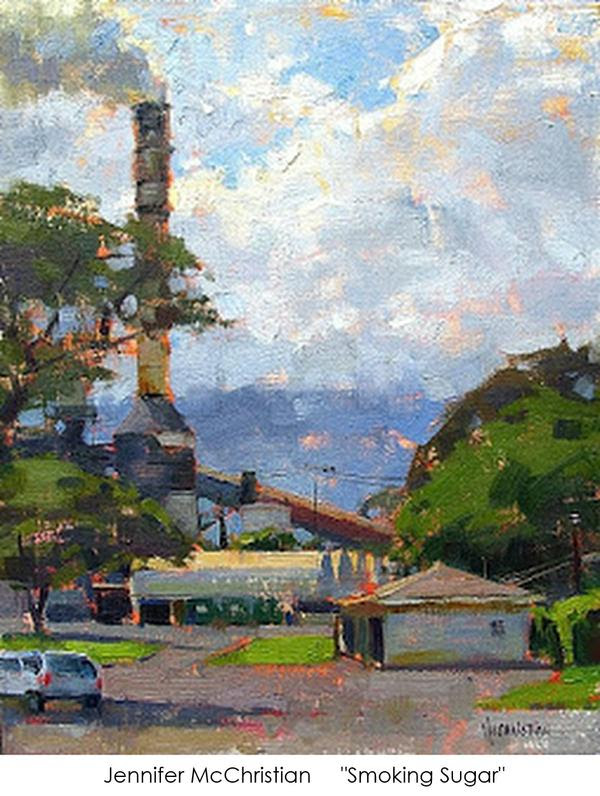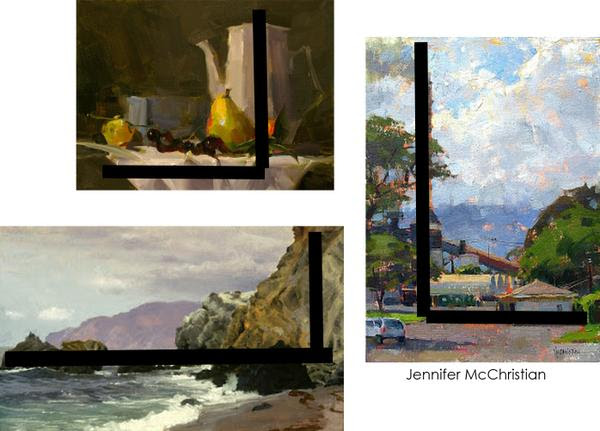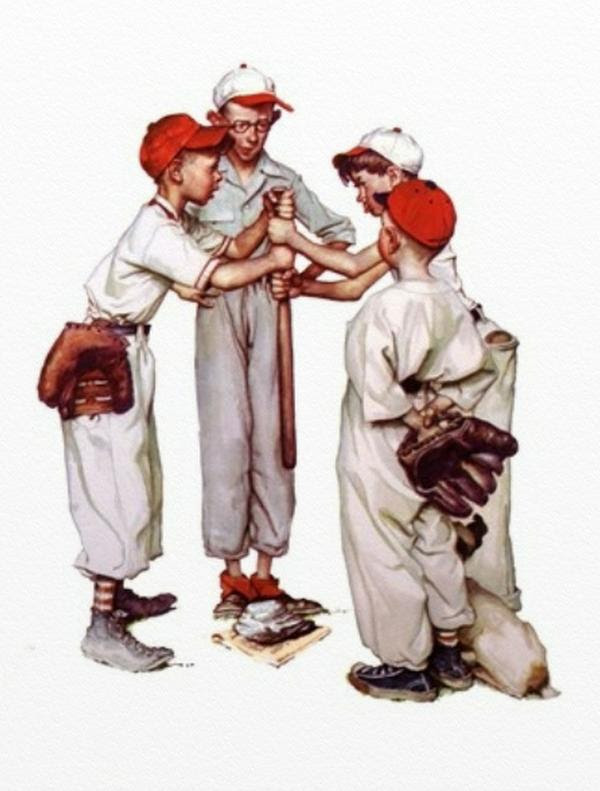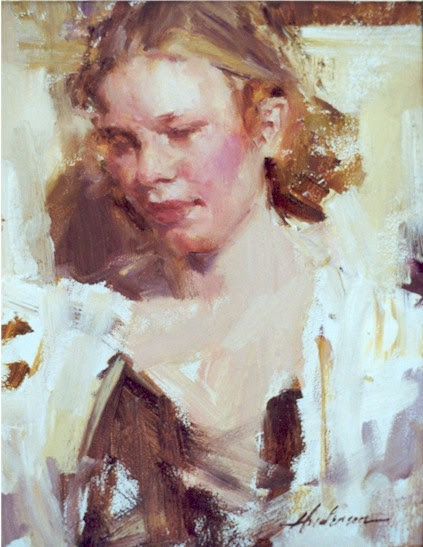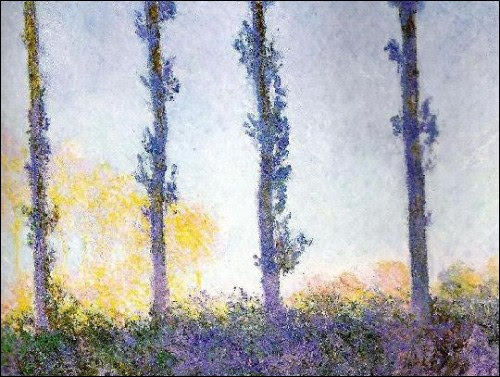These days there is a lot of confusion about color wheels. Why are there so many? Which one is the "correct" one? Why bother with a color wheel anyway?
Before I go further, we should get clarity on some terms: Primary Colors are hues from which all other hues can be mixed; Secondary, a hue visually mixed with two primaries; Tertiary, a hue
visually mixed with a primary and a secondary.
Now, here we go:
THREE MAJOR WHEELS (SYSTEMS)
Even though many color systems have popped up over the decades since Isaac Newton designed our first color wheel, there are three major color
systems most popular among artists of all genres today.
THE TRADITIONAL WHEEL
Also referred to as the Newton Wheel, although it is a variation of Isaac Newton's original wheel of the 18th century, the traditional
wheel is based on three primaries perceived as yellow, red, and blue; three secondaries that are visual mixtures of two of the primaries, and six tertiaries, visual mixtures of a primary and a secondary.
THE MUNSELL WHEEL
Developed by Albert Munsell in the early 20th century, this system perceives a wheel based on five primaries and five secondaries. Each
secondary is a visual mixture of two primaries.
CYMK (aka YURMBY) WHEEL
The term "Yurmby" is (I think) coined by James Gurney. It consists of six hues, all perceived to be primaries: yellow, red, magenta,
blue, cyan and green-- thus the acronym "yurmby". It's the same model known as CYMK, a system created for color printers. (For more info, go HERE )
WHICH ONE TO CHOOSE
When we examine these three systems, it is notable that each feels like an effort to come up with the fewest hues from which all other hues
can be mixed. However, each is based on a different perception of hue. For example, Munsell sees purple more red than Newton and the CYMK renames some of the hues.
Which one is best to use? Well, that depends upon which artist you ask. James Gurney would say the Yurmby (CYMK) whereas Richard Schmid
would say the Traditional. Richard and I are about the same age, so each cut our teeth on the Traditional wheel and we each handle color mixing right well. James was born almost 2 decades later, so he leans towards the more modern wheel, and he, too, is a good color mixer.
Truth is, it doesn't matter. They all work out the same when mixing pigments. Each artist adapts the wheel that works best for them. With that in mind, don't get all caught up by the dogma of any of us. You can walk into a gallery where paintings are done based on each system and not be
able to tell which system was used for any one of them.
Just find yourself a wheel that feels right and learn to think with it.





